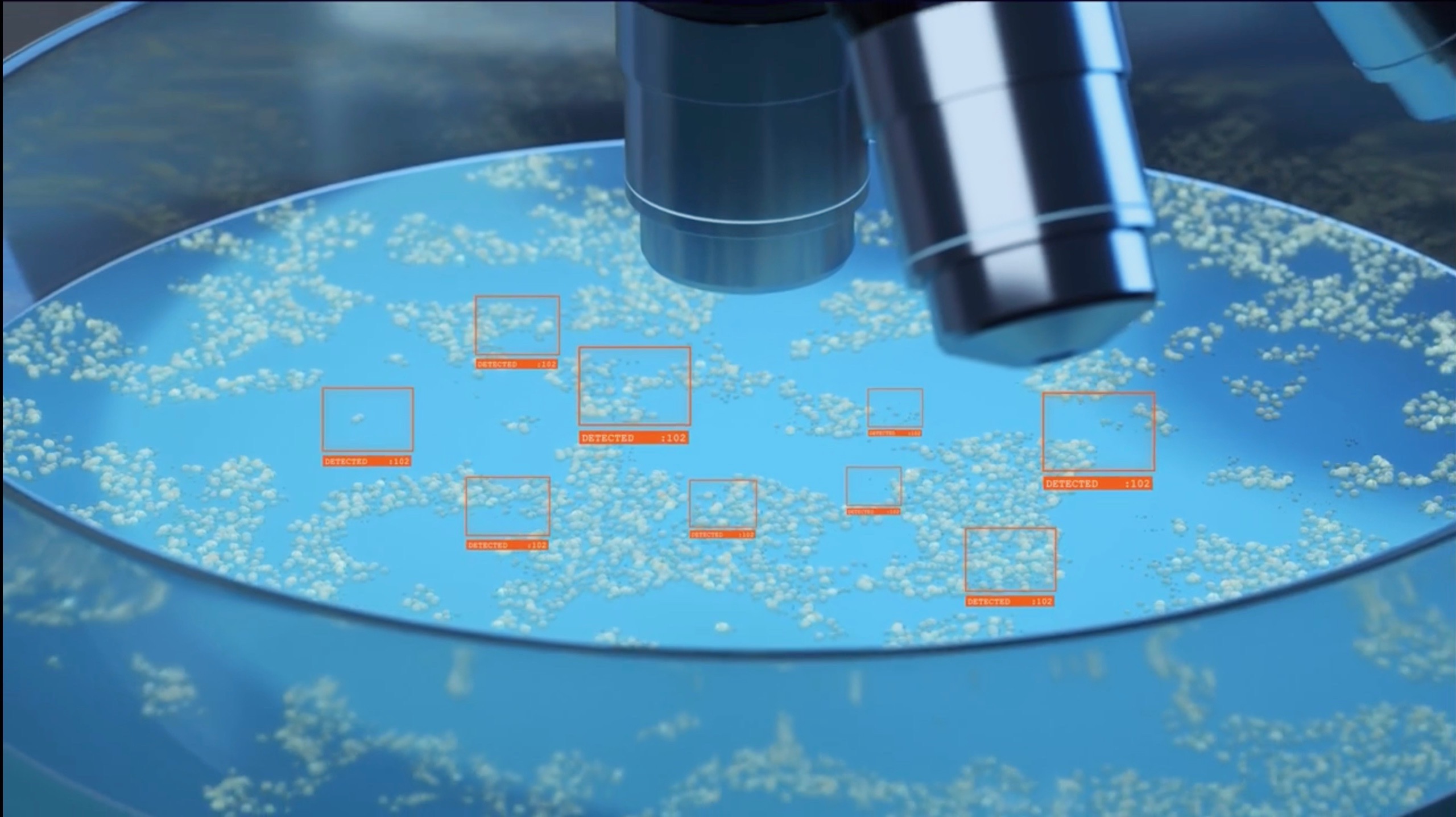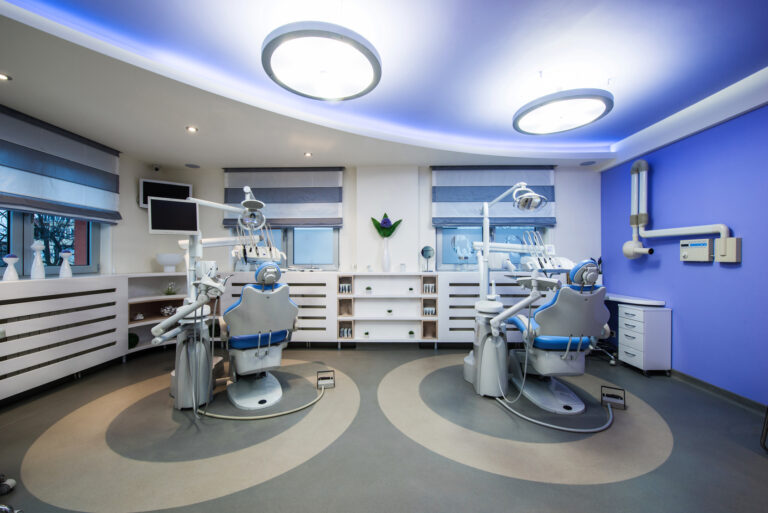R2A Water Test Early Notification Feature
Introducing the FASTRead TM Early Notification for R2A Water Tests
DentiSafe is proud to introduce a major development for dental professionals utilizing the R2A gold standard water test methodology. FASTRead TM is an early notification in the first 24 hours of testing if a water sample has already exceeded the safe threshold guidelines ( > 500 colony forming units) for bacteria established by the EPA and CDC.
FASTRead TM provides our clients with an early notification if a sample is clearly contaminated so they can begin water remediation protocols as soon as possible. FASTRead TM is a free feature that is now included with every R2A test kit we process.
From Our President
“The advantages and unmatched reliability of the R2A test methodology have been clear since it was first developed. It catches all the pertinent bacteria that instant lab and in-office test could miss. The most significant drawback to R2A testing is that the full testing protocol requires 120 – 168 hours of culturing and monitoring.
DentiSafe made the investment in technology and additional monitoring to create our new FASTRead TM early notification. We’ve perfectly preserved the required R2A protocol and EPA-lab certified results that give you the most reliable readings on your water samples. But now, we’re able to flag any flagrant contaminations that exceed the 500 colony forming units (CFUs) in that critical, initial 24 hours of testing.
FASTRead TM means our clients and partners get the best of both worlds: the confidence that comes with R2A and immediate notification if a sample is clearly contaminated with fast-growing bacteria. No one else serving the dental industry has a product pairing like this, or our EPA-certification as an independent lab,” says President of DentiSafe.
From Our Founder
“I’ve been practicing dentistry for many years and seen the lack of reliable information and resources around water quality. Most dental professionals need continuing education around how to protect against contaminats that could be lurking in your dental unit water lines. That’s why I founded DentiSafe.
Our testing methodologies and EPA-certification fulfill a unique role in the industry, but our real bottom line has always been education. Providing the clearest, most reliable information about the risks and protocols for water testing to my dental professional peers is our true mission. We want every dental office to be confident and equipped to safeguard the health of their patients and staff,” says Dr. J. Michael Puckett, DDS, Founder of DentiSafe.
“FASTRead TM is the latest innovation from our team that will help everyone using our R2A kits be ready to take immediate action if we detect a problem early in the testing protocol,” he adds.
R2A Testing Methodology for Bacterial Contamination in Water
R2A (Reasoner’s 2A agar) testing is a specialized microbiological method used to detect bacteria in water samples, particularly designed to identify heterotrophic organisms that thrive in low-nutrient environments. Unlike standard methods that may miss slow-growing bacteria, R2A is particularly effective for monitoring drinking water and purified water systems.
The methodology involves several key steps:
- Sample collection in sterile containers, with proper preservation if testing is delayed
- Placing sample onto the R2A growth media
- Incubation of plates at stable temperatures for extended periods (5-7 days)
- Colony counting and identification of bacterial growth
R2A’s effectiveness stems from its specialized formulation – with reduced peptone, lower glucose levels, and starch as a protective agent. This environment allows slower-growing bacteria to develop visible colonies without being overwhelmed by faster-growing species, providing a more comprehensive assessment of water quality.
The method is particularly valuable for:
- Monitoring drinking water distribution systems
- Validating water treatment processes
- Testing pharmaceutical and industrial purified water
- Environmental water quality studies
While R2A testing requires more time than other methods, it offers superior detection of bacteria that might be missed by traditional high-nutrient media, making it an essential technique for comprehensive water quality assessment and public health protection.
Want to learn more about FASTReadTM and R2A testing?



